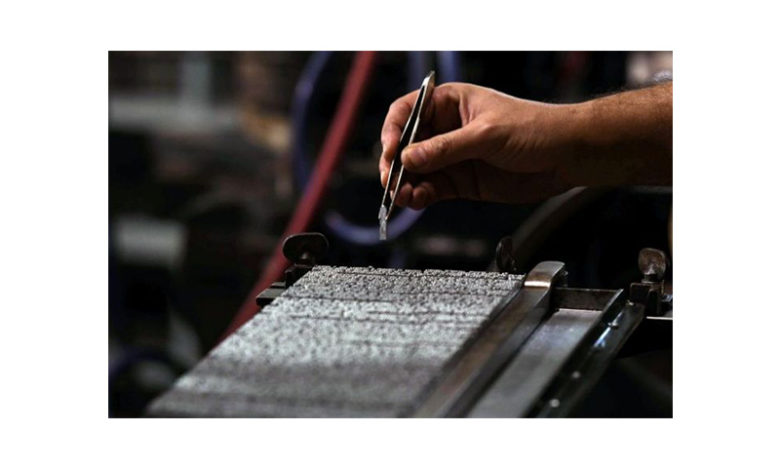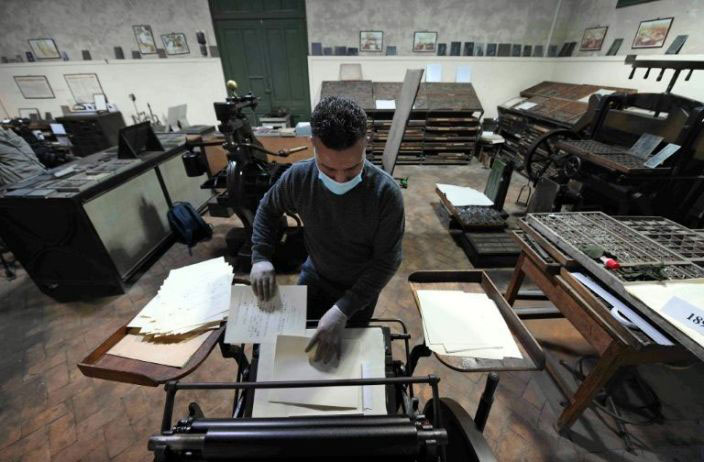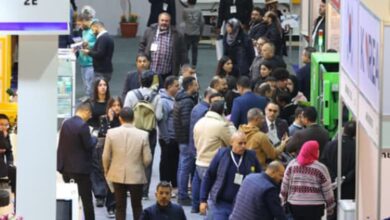Traditional Typography is Making a Comeback in Egypt

A typecasting machine, nearly a hundred years old, prints hieroglyphs using molten lead types, and provides an opportunity for research by calligraphers and publishers.
Sitting Idle for thirty years the massive Foucher Typecaster, which was built in 1902, is back in service as part of the heritage revival effort.
The French Institute of Oriental Archaeology in Cairo, or IFAO, recently showed off the machine which allows the printing of ancient Egyptian inscriptions.
“We succeeded in restarting it in September after several repairs and the replacement of necessary spare parts,” says Matteo Gousse, the IFAO’s publishing director, of the typecaster.

Heritage
The first letter reprinted in September was The Egyptian Key to Life (the Ankh). Gousse said that the moment the typecaster started working again was “extremely moving” and full of emotions.
In order to complete the project, the retired typecaster operator Hussam Saad, 63 came out of retirement to operate the machine and train the new generation of operators. According to Hussam this is a unique machine that probably cannot be found anywhere else.

“We are at a defining moment. We will be able to transfer knowledge and skills to new generations. In addition to preserving the heritage, the project will allow us to collaborate with calligraphers or publishers, and possibly with artists.” comments Gousse.
Hani Moawad, 37, one of the apprentices, was impressed by the device dating back to an age long before modern offset or digital printing technology.
“I’ve never seen anything like this before, from that era,” he marveled. “And it actually still works perfectly fine.”
The director of the institute, the Egyptian archaeologist, Laurent Colon, believes that bringing this ancient machine back to life is a way “to preserve all this history that was formed with the establishment of the institute and its printing press.”
The institute boasts a library that contains 92 thousand books and is a reference in the field of Egyptian archaeology. The institute is currently conducting archaeological excavations at 35 sites in Egypt and continues to publish the work of its researchers.






13 Comments